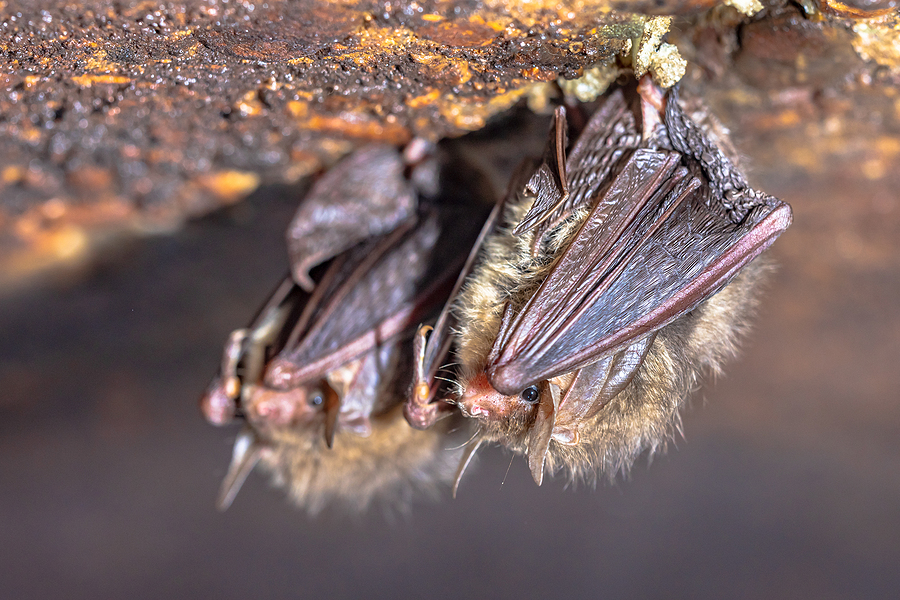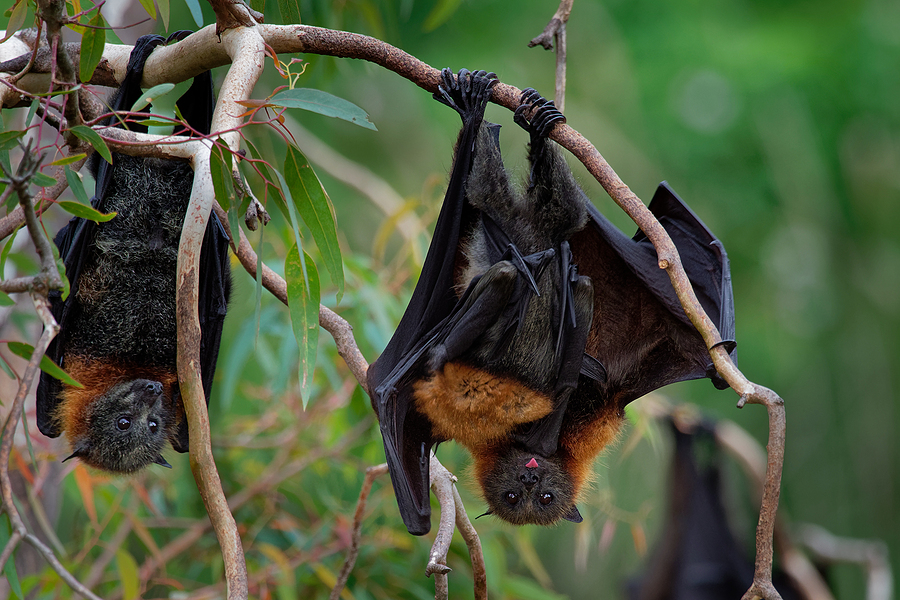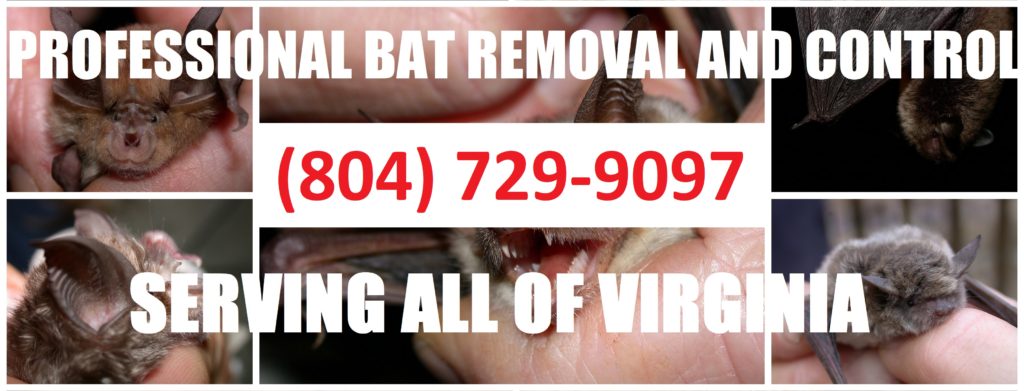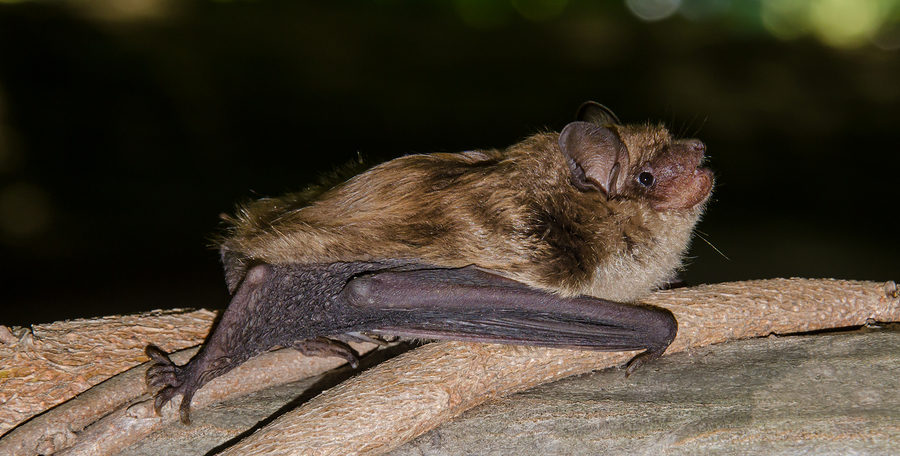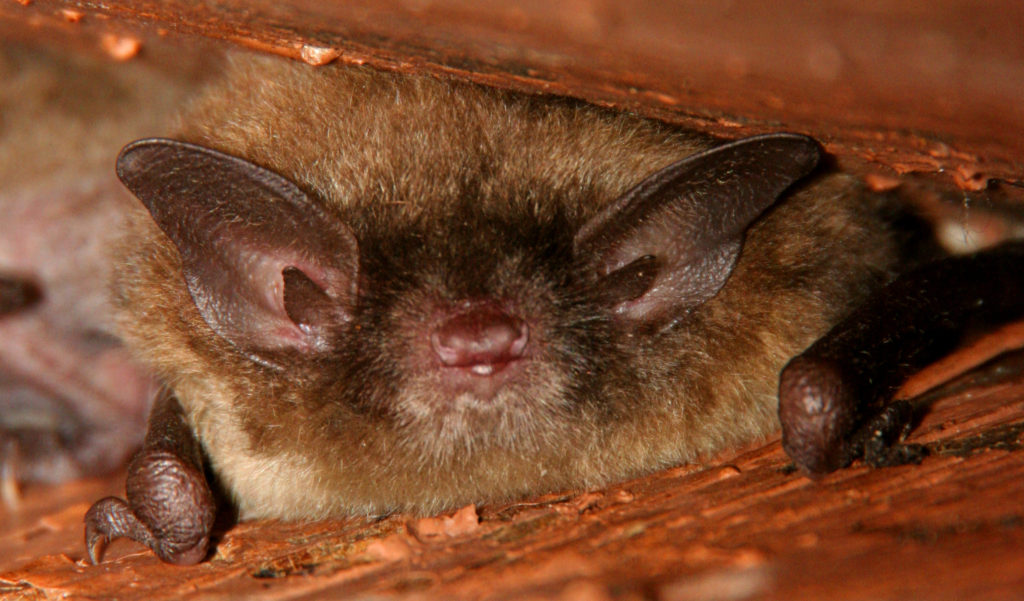As the weather gets cold and the days get shorter, bats in North America begin to prepare for winter. Some species of bats will migrate to warmer climates, while others will hibernate through the winter months. Let’s take a look at where some of these amazing creatures go during winter.
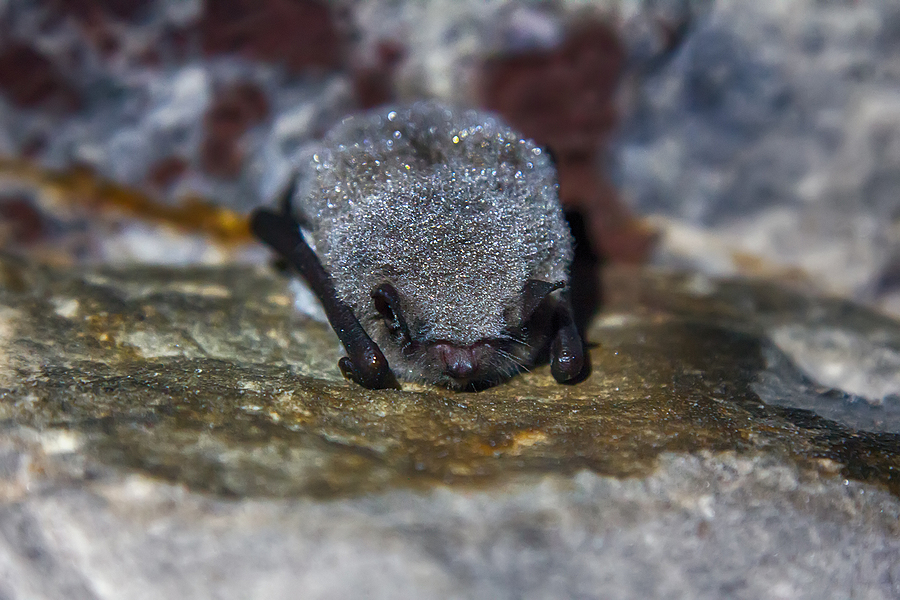
Migrating Bats in the United States
One of the most well-known migratory species of bat is the Mexican free-tailed bat. These bats can be found all over North America, but in the winter, they head south to Mexico and Central America. They roost in caves and other protected areas during their journey.
Another migratory species is the hoary bat. These bats are among the largest in North America and can be found in forested areas from Alaska all the way down to Mexico. In the winter, they head to warmer climates in Central and South America.
Non-Migratory Bats in the U.S.
Not all bats migrate when winter comes. Some species, like the little brown bat, will hibernate through the cold months. Hibernation is a state of dormancy that helps animals conserve energy. Bats will often hibernate in caves or other protected areas where they are safe from the cold and predators.
So where do bats go in the winter? Some migrate to warmer climates, while others hibernate in protected areas. No matter where they spend the winter, these amazing creatures are sure to amaze us with their resilience and adaptability.
How to Deal With a Winter Bat Infestation
While many bat species start to head south for the winter, not all of them make it. Some stay put, while others get lost along the way and end up in places they don’t belong. If you live in a Virginia area where there are local bat populations, you may find yourself dealing with a bat infestation in your home. Bats are attracted to warm, dark places, and your attic is the perfect spot for them to hunker down for the winter.
Dealing with a bat infestation can be tricky. You don’t want to harm the bats, but you also don’t want them living in your home. The best way to deal with a bat infestation is to hire a professional Richmond VA bat removal company. They will be able to safely and humanely remove the bats from your home and seal up any entry points so they can’t get back in.
If you find yourself dealing with a bat infestation this winter, don’t panic. Just give us a call and we’ll take care of it for you. Contact Virginia Bat Pros at 804-729-9097 for safe and humane bat removal and control in Richmond, Virginia and its surrounding counties. We serve both residential and commercial clients.
Related Posts:
The Facts About Structural Damage Restorations for Attic Bat Infestations
How to Check if You Have Bats in the Attic
How to Tell if You Have a Bat Roost in Your House

